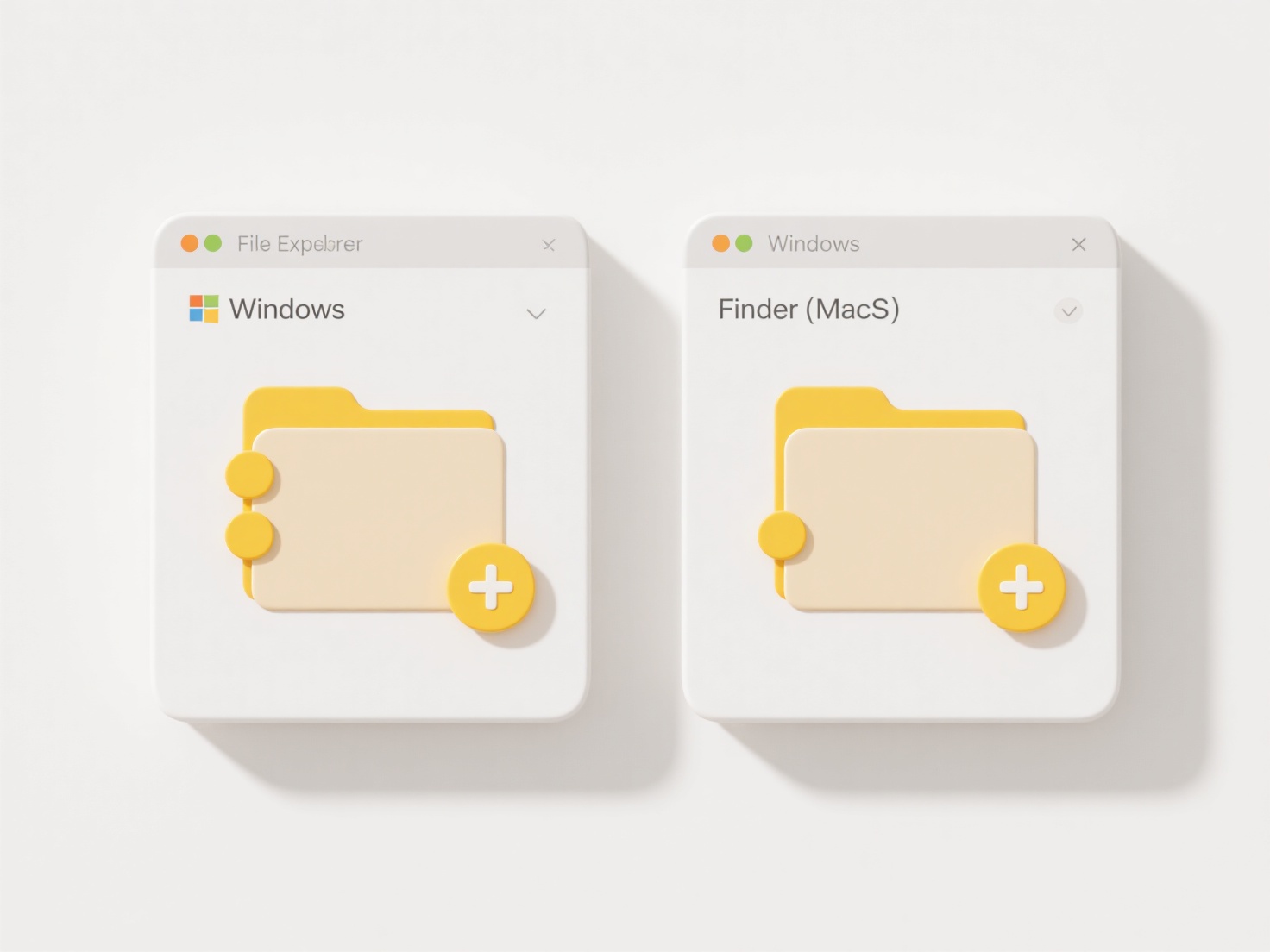
A dry run for batch renaming is a simulation mode available in many file management tools. Instead of immediately changing filenames, it shows a preview of what the final renamed files would look like if the operation were executed. This allows you to review the proposed changes and verify the naming pattern works as intended before making any permanent alterations to your files. It differs from a real rename operation by not actually modifying files on disk – it's purely a verification step.
This functionality is commonly found in dedicated file renaming utilities (like Bulk Rename Utility or Renamer), scripting languages such as PowerShell (using the -WhatIf parameter with Rename-Item), and within file management workflows. For example, photographers might use Adobe Bridge's batch rename preview to check new filenames for a series of images before committing. Developers might test a complex regex pattern in a command-line tool via dry run to ensure it correctly processes log file names.

The primary advantage is risk prevention, avoiding unintended renaming errors or data loss due to flawed patterns. It builds confidence in complex operations. Limitations include potential discrepancies if paths or permissions change between the preview and actual run, and it may not fully simulate rare edge cases like excessively long paths. This safety feature directly enables more robust and innovative automation by reducing the barrier to experimentation.
Can I dry run a batch rename to test it first?
A dry run for batch renaming is a simulation mode available in many file management tools. Instead of immediately changing filenames, it shows a preview of what the final renamed files would look like if the operation were executed. This allows you to review the proposed changes and verify the naming pattern works as intended before making any permanent alterations to your files. It differs from a real rename operation by not actually modifying files on disk – it's purely a verification step.
This functionality is commonly found in dedicated file renaming utilities (like Bulk Rename Utility or Renamer), scripting languages such as PowerShell (using the -WhatIf parameter with Rename-Item), and within file management workflows. For example, photographers might use Adobe Bridge's batch rename preview to check new filenames for a series of images before committing. Developers might test a complex regex pattern in a command-line tool via dry run to ensure it correctly processes log file names.

The primary advantage is risk prevention, avoiding unintended renaming errors or data loss due to flawed patterns. It builds confidence in complex operations. Limitations include potential discrepancies if paths or permissions change between the preview and actual run, and it may not fully simulate rare edge cases like excessively long paths. This safety feature directly enables more robust and innovative automation by reducing the barrier to experimentation.
Related Recommendations
Quick Article Links
How do I handle archive folders over multiple years?
Handling archive folders over multiple years involves organizing files or data into a structured, long-term storage syst...
Can I prevent auto-generated duplicates from print-to-PDF?
Print-to-PDF duplicates occur when the PDF generation process automatically creates identical copies of the same documen...
How do I export files from Google Docs or Sheets?
Exporting Google Docs or Sheets saves a copy of your document in a different file format you can open with other softwar...